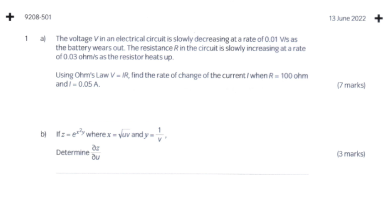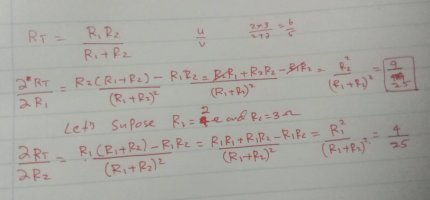Hi expert
I can answer following question with the help and support of ChatGPT and my friends. However, I'm unsure how to approach solving this type of question. What knowledge do I need to address this kind of question, and what topics should I study to think from this perspective? I'm having difficulty scoping out this type of question. Please advise."
Please Note
I searched on YouTube for answers to similar questions but couldn't find any. I would greatly appreciate it if you could provide the keywords to search for such answers on YouTube. or links of YouTube videos which I will be able to capture the method


I can answer following question with the help and support of ChatGPT and my friends. However, I'm unsure how to approach solving this type of question. What knowledge do I need to address this kind of question, and what topics should I study to think from this perspective? I'm having difficulty scoping out this type of question. Please advise."
Please Note
I searched on YouTube for answers to similar questions but couldn't find any. I would greatly appreciate it if you could provide the keywords to search for such answers on YouTube. or links of YouTube videos which I will be able to capture the method





